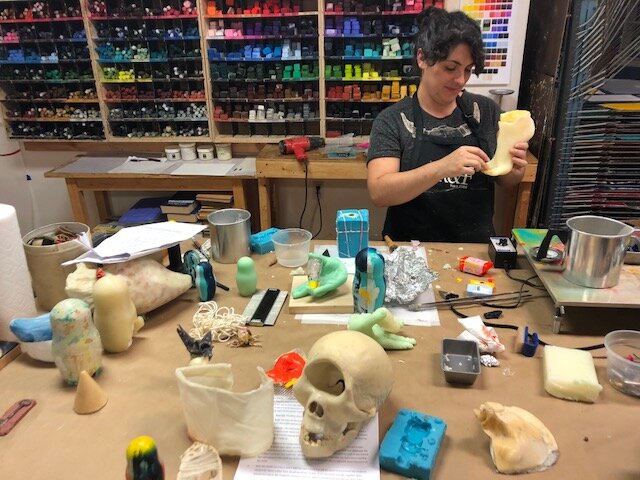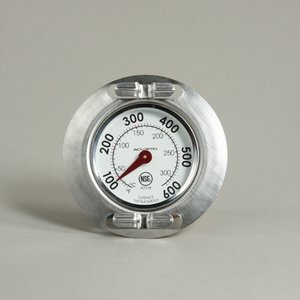Encaustic: It's All About Temperature
Temperature affects virtually everything when you are altering an encaustic surface. Developing a thorough understanding of how temperature impacts wax takes time, but will make you more efficient with brushed on layers (achieving smooth or texture), scraping, collage, transfer, and much more. It can mean the difference between a beautiful crisp image transfer and transfer paper undesirably sticking to your painting. Or getting a clean carved channel to use for line inlay instead of gouging through more layers than you wanted.
We reached out to artist Kelly McGrath to learn about the importance of understanding temperature in her practice.
"One of the hardest learning curves I had to get through when I was first working with encaustic was understanding the importance of the wax temperature for virtually every process I was doing. I found a really good analogous material is plaster; the physical properties of wax will go through changes as it warms and cools in a similar way from liquid to plastic to solid. This knowledge was really helpful with casting and modeling wax (R&F’s Impasto & Modeling Wax) when I would use it for sculpture and 3D pieces. It’s useful for painting with as well. I always think of wax as a very dimensional painting material because compared to other media it has the ability to build physically thicker and quicker than other painting materials.
The biggest tip I recommend to anyone working with wax sculpturally is to use a large deep-covered griddle to heat the wax as opposed to a slow cooker. Griddles have more precise temperature control giving you the consistencies needed to liquefy and pour but also to achieve a modeling consistency, which is also great for building surface and texture quickly."
Another essential component of painting safely and effectively with encaustic is a palette thermometer. Our thermometer is perfect for reading the temperature of your encaustic palette or other heated surfaces. The surface thermometer has a temperature range of 50° - 600° F.



